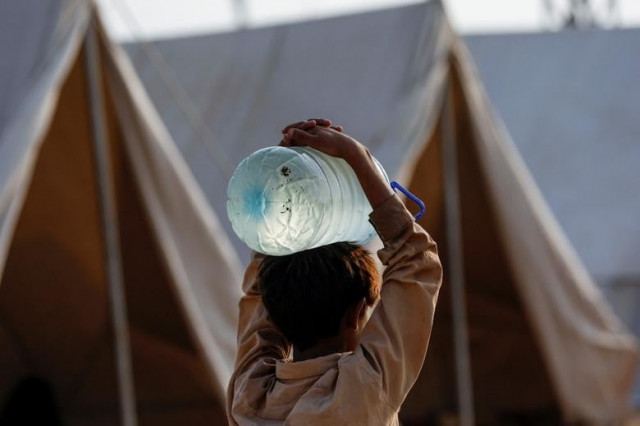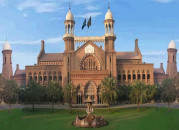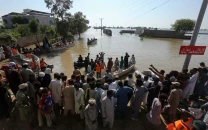Call for improved governance to end country's water woes
Experts urge well-thought-out plan for water management to avoid further crises

After the catastrophic year of 2022, the country witnessed a unique pattern of natural hazards that seriously impacted its economy, livelihoods, lifestyle and social fabric also posing challenges to water and food security.
The miseries that people suffered in flood and drought-hit areas are eye-openers for the policymakers and call for devising prudent strategies to conserve its resources, especially the rapidly declining water resource.
Experts believe that time was ripe to work out a well-thought-out plan to roll out a water pricing regime with an improved governance model to address the water scarcity issue spiking up in the country.
The situation is alarming as 5,600 cubic meters per capita water availability in 1951 has presently declined to 908 cubic meters making the country water stressed.
With our population already estimated to cross 220 million from 34 million in 1951, it is feared that the country would soon fall into the water scarcity category.
“Around 29 million acre-feet (MAF) water was being wasted every year in the country due to poor storage facilities and accumulation of silt in main water reservoirs of Tarbela and Mangla,” remarked former WAPDA Chairman Shamsul Mulk.
“This water wastage costs our economy billions of rupees every year.”
“Unchecked population growth and lack of water conservation and storage facilities would be bringing about much harder days ahead,” he warned.
As our current Rabi crop is facing a 38 per cent water shortfall, it is evident that in near future, on one hand, we shall be fast losing our water reserves and on the other hand spending our precious foreign exchange on the import of food items.
Shrinking river water resources and massive pumping out of groundwater is another challenge as mentioned by Pakistan Water Gateway, a non-governmental water-research portal.
Published in The Express Tribune, January 16th, 2023.



















COMMENTS
Comments are moderated and generally will be posted if they are on-topic and not abusive.
For more information, please see our Comments FAQ